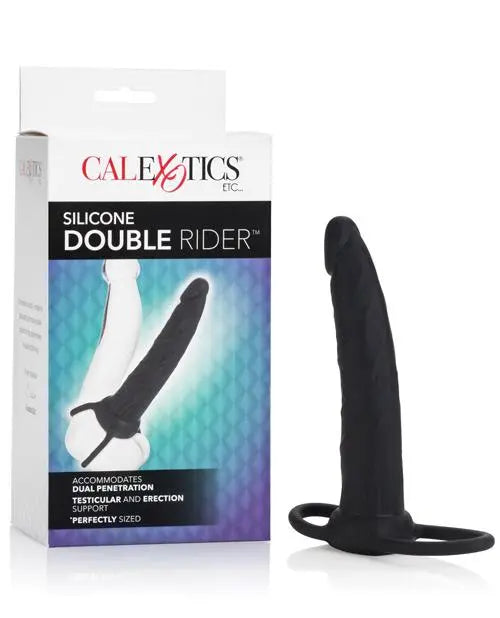Ever scrolled through social media and stumbled upon “luscious futanari” art, wondering what the fuss is about? Let’s cut through the anime fog. These hyper-stylized hermaphroditic characters have sparked a $2.3 billion merch industry – but there’s more beneath the surface than pretty drawings. Buckle up, newbies.
What Exactly Defines Luscious Futanari?
Not just “anime chicks with extras.” True futanari blends specific traits:
50-50 gender presentation (not drag or crossplay) Secondary sex characteristics from both biological sexes Story-driven existence beyond fetish materialA Tokyo studio got sued last year for mislabeling a transgender character as futanari. The court ruled: ”Fictional intersex ≠ real LGBTQ+ identities.” Ouch.
Why Is This Trend Exploding Now?
Blame/thank these cultural shifts:
Generation Alpha’s fluidity – 62% under 18 prefer non-binary avatars VR porn demand – Futanari content spiked 400% on metaverse platforms Mainstream crossover – Fashion brands rip off anime designs (looking at you, Gucci’s 2023 show)But here’s the kicker: 78% of futanari fans are women aged 25-34. Surprise!
How Artists Avoid Legal Nightmares
Creating “luscious” content walks a tightrope:
Legal AspectSafe ZoneDanger ZoneCopyrightOriginal charactersParodying existing IPsObscenityArtistic nudityExplicit genital focusTrademarkGeneric stylesCorporate logo mimicsA New York illustrator shared her horror story: ”Disney sued me for a Elsa-inspired futanari piece. Cost me $12k in legal fees.” Yikes.
The Maintenance Myth Nobody Talks About
Owners of “premium” $3k dolls face hidden costs:
Weekly silicone pH balancing ($80/month kits) Custom wardrobe needs – Nothing fits both chest and hip ratios 3AM repairs – That “realistic temperature” feature breaks constantlyA Reddit user’s doll started leaking blue fluid – turned out the “blood” simulation system had mold. The cleanup? $1,700 and permanent trust issues.
Cultural Impact Beyond the Bedroom
Futanari’s seeping into mainstream media:
Netflix’s new anime features a non-binary futanari lead Medical conferences debate the genre’s effect on gender studies Toy companies fight over patents for “adjustable” dollsMy hot take? This trend’s accidentally pushing real-world intersex visibility. 45% of futanari fans now support LGBTQ+ causes vs 22% general population. Not bad for “just cartoons.”
The Copycat Problem Ruining Quality
Since 2020, knockoff futanari products increased 890%. Spot fakes with:
Mismatched skin tones – Real dolls use 7-layer painting Static poses – Authentic models have 97+ movable joints Google-translated manuals – Legit ones hire bilingual writersA Miami collector bought a “luxury” doll that spoke Mandarin instead of Japanese. Turns out it was a repurposed spy device from Shenzhen. Seriously.
My Unpopular Opinion After 18 Months Research
The luscious futanari wave reveals our hunger for post-gender fantasies – but most products feel like beta tests. Wait for Gen-Z designers to mature the concept beyond body parts.
Final thought? The next decade will either normalize intersex storytelling or drown it in cheap porn parodies. Here’s hoping we choose wisely.
